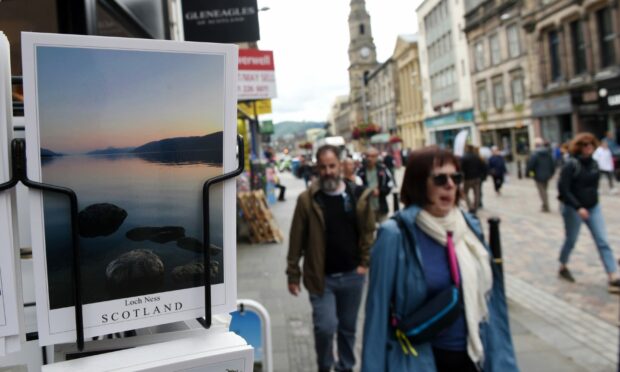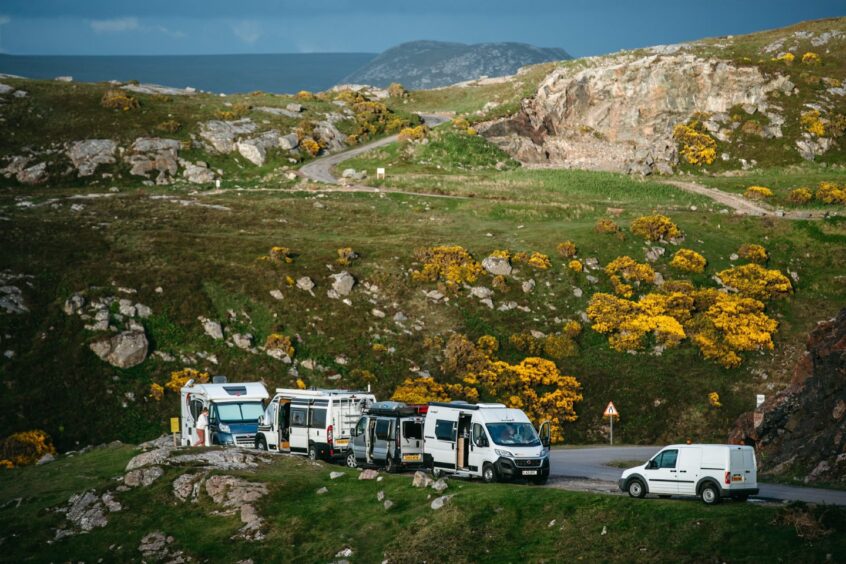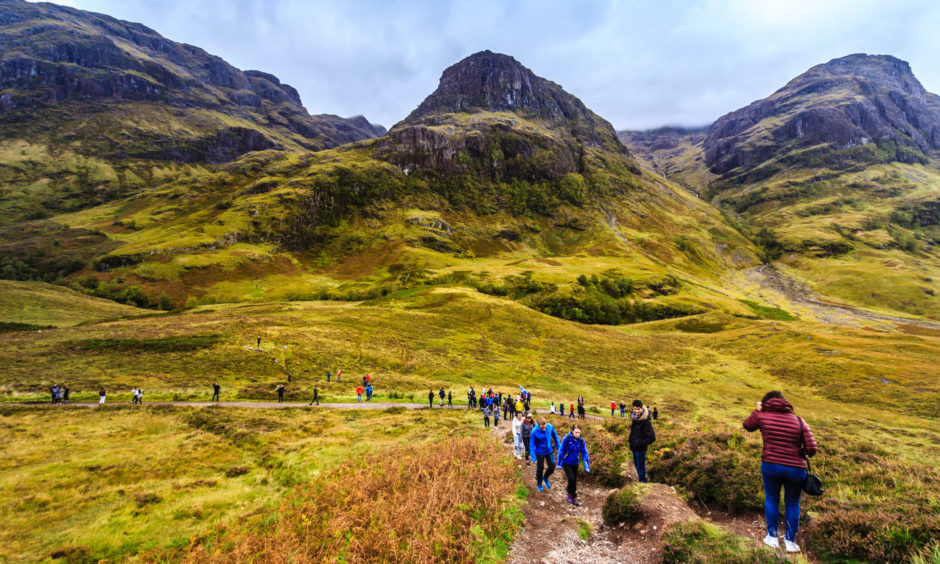Efforts to introduce a tourist tax to the Highlands will be discussed by councillors this week.
The Scottish Government had previously committed to passing legislation by 2021 that would let councils levy a tax if they wished.
However, the pandemic interrupted that process.
But now the ball is rolling once again after the tax, officially called the local visitor levy, was included in the Scottish Government’s programme for 2022-2023.
Highland Council’s economy and infrastructure committee will discuss the tax at a meeting on Thursday.
What have Highland Council said about it?
The earliest the tax could be introduced in the north is 2026.
On average, a government bill usually takes between 12 and 14 months to pass through parliament.
And after that, councils would still be looking to carry out their own consultations before deciding whether or not to introduce it.
According to an assessment carried out by the council in 2019, a Highland tourist tax would raise between £5 million and £10 million a year.
That significant sum could go a long way to fixing some of the north’s biggest summer season bugbears.
Douglas Chisholm, the council’s tourism team leader, said: “It is anticipated that a key issue during the parliamentary scrutiny will be the use to which any levy collected should be spent.
“The parliamentary process will allow opportunity for relevant bodies, including
Highland Council, to present verbal and written evidence to influence the outcome of
the Bill.
“It is expected that this council will have a more prominent role given our
current position on its introduction and the significance of the tourism industry in
Highland.”
How does it work in other areas?
Councillors will simply be asked to note the upcoming process and agree on the next step on Thursday.
It may prompt a debate. But whatever happens, further scrutiny will surely follow.
The practice has become fairly commonplace across Europe.
But some industry voices in the north have never been convinced.
Back in December 2019, Highland councillors voted emphatically to introduce a tourist tax in the region.
At the time, councillor Maxine Smith said: “We love tourists in the Highlands, and they spend millions here, but they don’t bring it to council, they bring it to business, and we have to do all the extra work, pick up the tab of public services.”
Others were not on board.
Former chief executive of Inverness Chamber of Commerce Stewart Nicol said the move could convince tourists “to go elsewhere”.



Conversation